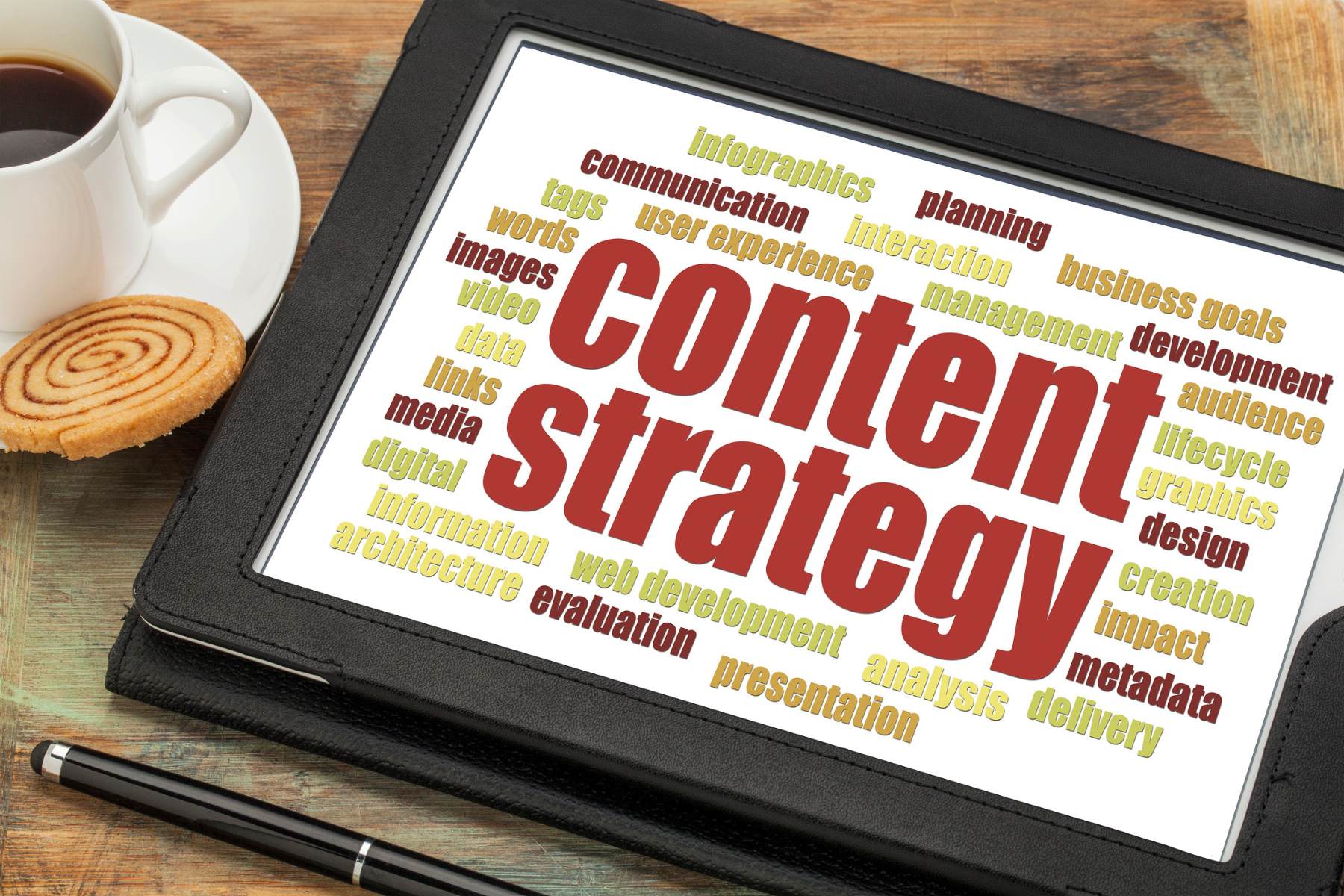Unraveling the Secrets to Boost Your Presence on the Social Network The Instagram Algorithm in…
How to create an irresistible desire for your product in the customer’s mind. A good option on how to create an irresistible desire for your product in the customer’s mind is Neuromarketing. Neuroscience applied to grow your business.
Neuromarketing: Why is it the future of marketing?
Neuromarketing is the application of neuroscience to marketing, to measure and understand consumer behavior. Neurosciences are scientific studies being conducted in the area of neuro-physiology and neuro-psychology. Neuroscience is at the service of industries improving creative processes, understanding marketing applications and human communication. Neuromarketing started around 2002 in order to improve marketing strategies and the creation of campaigns, and make them more effective…The messages that are sent are based on the brain, intuition and emotion of the consumer. Neuromarketing is a discipline that studies brain and emotional responses to identify consumer needs, desires or anxieties, their expectations or probabilities of success, and their motivation for purchasing behavior.
How do you create an irresistible desire for your product in the customer’s mind?
There are two things that drive human actions: needs, such as food, sleep, avoiding pain; and rewards. But how does our brain decide whether a reward is worth getting? And how does that translate into action? There is a network of neurons in our brain whose job it is to measure rewards and decide whether or not they are worth it. Dopamine is released in these neurons when your brain expects a reward. This causes your brain to pay more attention to the reward and then pursue it.
Marketing must create positive associations
When marketers activate the reward system in a customer’s brain, they reinforce an existing behavior, creating positive associations with your brand or product. The brain is programmed to be very sensitive to rewards. The neurotransmitter dopamine is released in the brain when a person receives a reward, which reinforces the behavior and creates positive associations with brands or products.
Neuromarketing – Case study:
A group of people were made to drink Pepsi or Coke while their brains were scanned in an MRI machine. It was observed that different parts of the brain are activated depending on whether or not the person is aware of what they are consuming. This study showed that brand awareness can change the way a person perceives a beverage.
What are some of the most effective neuromarketing strategies?
An optimized title
As a marketing specialist, it is important for you to know that your title is meant to capture the attention of your target audience. Normally, we achieve this by adding there their main desire, the solution to their problem, what they are looking for.
Using the Hippocampal Headlines practice:
New research from University College London found that when you slightly modify a familiar and well-known sentence, the hippocampus is activated and our attention increases.
For example, you can take a phrase known as “practice makes perfect” and change it to “practice makes perfect. That way, you will be able to capture the audience’s attention almost instantly.
When a user reads a title they can recognize a sequence, predict what is to come and compare that prediction with reality. What happens to you with these phrases?
● “The early bird catches the worm _____”
● “Barking dog no _____”
● “Create fame and throw yourself to ______ “
Where to use these titles?
1. Email subject
2. Contents
3. Search Engine Metadata (SEO)
4. Elogans
5.Product names in ecommerce
6. Subtitles
7. Capture pages (opt-in)
8. Product names in general
9. Titles in general
2. Creating emotional connection
There are several successful brands that create an eotional connection between themselves and their customers. A couple of examples of these are Google, McDonald’s and Airbnb. These brands create content that generates an emotional impact and that is why they stay in the market and in the consumer’s memory.
It is vitally important to be able to connect with your target audience, for this is going to be necessary:
-
Direct emotional association.
-
Your customer is part of the company. Making your customer feel that they are somehow part of your campaign is very likely to make your campaign effective and successful.
-
Make your customers proud.
3.Adding Dopamine
Generate a dopamine spike through various strategies such as a contest with a prize that gets people involved, premium customers with better benefits and makes them feel special, scoring systems, reward systems, what in Marketing is called Gamification.
4.Manipulating with the eyes
If there is a face in an ad it will capture more attention, if the face looks what you want the viewer to see.
5.Using the right colors
With neuromarketing we can apply this strategy in the creation of ads and other content using colors in a strategic way to increase engagement and conversion.
Colors can influence customers’ emotions and purchase decisions.
Each color conveys a definite meaning in Marketing, and each color can influence our mind in different ways:
Black: It is a color of power. It transmits elegance and luxury.
White: Conveys purity, innocence and something good.
Blue: This color gives security, confidence and tranquility. However, having too much blue color can have a negative effect. It can provoke a feeling of depression.
Red: Gives a sense of power, energy and attention. Red brings a sense of urgency, as it increases the heart rate over time.
Green: It is a color related to health, nature and wealth. It brings a clearer vision of things and makes you get rid of a feeling of anxiety. It gives tranquility.
Orange: It is the color of stimulation, vigilance and attraction.
Pink: Color of romance and femininity.
Violet: Color of royalty and wisdom. It is a calm and powerful color, bringing authority, a sense of wealth and elegance. It also makes things unique.
Yellow: Brings optimism. It is a color of brightness and emotion. Happiness.
6.The more options you give, the less they buy.
Don’t offer too many options to make it easier and not overwhelm your customers, so it’s easier for them to decide what to buy. Remember that the more options you offer, the less they buy.
7.Price psychology
A good fact to keep in mind is that round numbers are better for emotional decisions, while exact numbers (decimals) work better when the logical brain is involved. This difference is due to the way the human mind works and makes decisions.
Take a look at the following examples:
-
Rounded prices for emotional decisions: $100
-
Accurate pricing (with cents) for rational decisions: $99.97
7.The power of typefaces to influence
Using simple typography allows you to better convince the audience to perform a task. Ideally, describe a task in simple, easy-to-read typography. The more complicated it is, the more friction it creates and the less likely people are to act.
Memory retrieval is improved with more complex typography. Only use this tactic for important information throughout the text. As a one-off, to visually capture attention.
Gain confidence by demonstrating confidence
How?
-
Offering a trial of your products/services.
-
Using optimized lead magnets.
-
Sharing free content of great value.
-
Having a strong presence in social networks.
Smiles and more smiles
Market research indicates that a “positive” image can influence customers by increasing their willingness to spend. However, luxury brands are the exception. Luxury seduces with a certain distance, giving an aura of aspirationalism.

